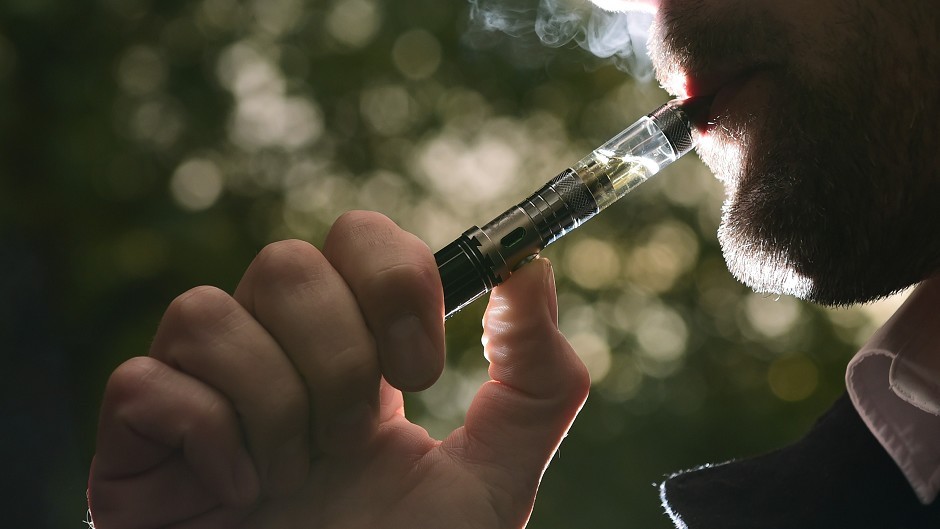Growing demand for e-cigarettes drove up the number of tobacconists around Scotland during 2015, new figures show.
According to PwC, the number of maternity wear, golf equipment shops and fast food takeaways also rose but in total there were fewer store openings last year than there were in 2014.
PwC also said there were 59 fewer shops north of the border by the end of last year, compared with December 31, 2014, although the pace of closures fell from six to just over five per week.
A total of 280 shops closed, while there were 221 openings – a net reduction of 59 outlets, the professional services firm added.
Across the UK, PwC said 5,138 stores closed and 4,640 opened – a net reduction of 498 shops.
With the exception of Perth, there were more store closures than openings in every Scottish town and city covered by Local Data Company (LDC) researchers.
Aberdeen suffered 38 closures as the oil and gas downturn hit the north-east economy, but 30 new ships opened in the Granite City for a net change of only minus eight.
Fuelled by demand for electronic cigarettes, which are the subject of heated debate as to whether they are helping smokers give up their habit and potentially making smoking attractive to young people, there was a 75% net increase in the number of tobacconists around Scotland.
Maternity, golf equipment and fast food outlets saw net rises of 200%, 100% and 16% respectively north of the border.
Cheque cashing, second-hand shops and financial institutions saw the largest number of closures in Scotland last year, PwC said.
Bruce Cartwright, head of business recovery services at PwC in Scotland, added: “Regulation continues to impact on money shops.
“With the notable exception of Brantano Footwear, where a number of stores were successfully preserved following sale out of administration, there have been fewer high-profile closures.
“We do see some growth, albeit many of these are small operations or franchises such as stores offering forms of vaping or e-cigarette advice.
“The likelihood is that this increase is a short spike rather than the beginning of a large, ongoing trend.
“On the other hand, the continued growth of the fast food industry shows Scots applying their disposable income in a familiar fashion.”
LDC director Matthew Hopkinson said the figures showed how “high streets continue to evolve from a pure purchasing environment to one of experiences, services and above all food and beverage consumption rather than primarily goods consumption”.
Mr Hopkinson added: “While stability has returned overall for the chain retailers in our high streets, the fact remains that they have continued to close more shops than they open.
“I expect the overall trend to remain the same as banks continue to close large numbers of branches, traditional comparison goods retailers rationalise store numbers and the fact that the current exceptional growth of food and beverage outlets is unlikely to continue at the same pace in 2016.”
